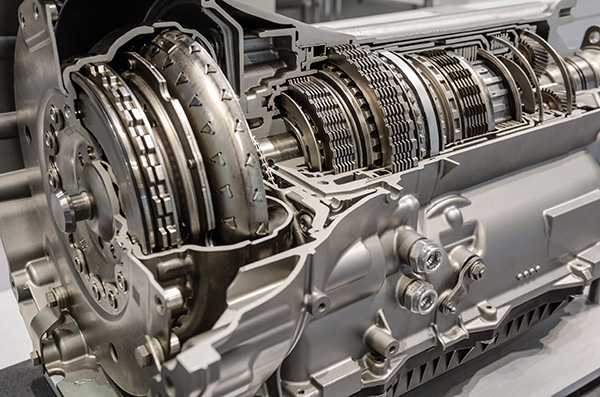
When it comes to your vehicle’s transmission, there’s a lot going on beneath the surface that many drivers don’t fully understand. The clutch, flywheel, and flex plate are three key components that play a major role in how power from the engine is transferred to the wheels. Understanding their functions not only helps you appreciate how your car operates but can also assist you in identifying potential issues before they turn into costly repairs. Let’s break down what each of these parts does and how they contribute to your vehicle’s overall performance.
The Role of the Clutch in a Manual Transmission
If you’ve ever driven a manual transmission vehicle, you’re familiar with the clutch pedal. But what exactly is the clutch doing when you press it? The clutch is responsible for connecting and disconnecting the engine from the transmission. When you press the clutch pedal, you’re disengaging the engine from the transmission, allowing you to change gears or come to a stop without stalling the engine.
The clutch assembly is made up of several components, including the clutch disc, pressure plate, and release bearing. Together, these parts work to engage and disengage the connection between the engine and the wheels. Over time, the clutch disc can wear out, leading to issues like slipping or difficulty shifting gears.
The Flywheel
The flywheel is a heavy, circular component that is bolted to the rear of the engine and is directly connected to the crankshaft. It serves two primary functions: storing rotational energy and providing a smooth surface for the clutch to engage with. When the engine is running, the flywheel rotates, helping to balance the engine's power output by storing energy. This energy helps to keep the engine running steadily, especially when idling or during periods of low acceleration.
In a manual transmission system, the flywheel is crucial because the clutch disc presses against it when you release the clutch pedal. A worn-out flywheel can cause the clutch to slip or make shifting gears difficult. If you notice vibrations when shifting, it might be a sign that your flywheel is damaged or needs resurfacing.
The Flex Plate
If you’re driving an automatic transmission vehicle instead of a flywheel, your car has a flex plate. The flex plate serves a similar purpose as the flywheel but is designed to work with the torque converter in an automatic transmission. The flex plate connects the engine to the torque converter, allowing the transmission to smoothly transfer power from the engine to the wheels without needing manual gear changes.
While the flex plate is lighter and thinner than a flywheel, it plays a critical role in the vehicle’s performance. A cracked or bent flex plate can cause issues like strange noises (often a rattling or knocking sound) and a lack of power transfer from the engine to the wheels. If the flex plate becomes damaged, it will need to be replaced to prevent further damage to the transmission.
Clutch, Flywheel, and Flex Plate Maintenance
Like any other part of your vehicle, the clutch, flywheel, and flex plate can wear down over time. Here are a few signs that one or more of these components may need attention:
Clutch Slippage
If you’re driving a manual vehicle and notice the engine revving without a corresponding increase in speed, it could be a sign of clutch slippage.
Difficulty Shifting
Struggling to change gears or hearing grinding noises when shifting can indicate a problem with the clutch or flywheel.
Vibrations When Driving
Unusual vibrations, especially during acceleration or deceleration, may signal an issue with the flywheel or flex plate.
Rattling or Knocking Noises in Automatic Cars
These sounds can often be traced back to a damaged flex plate. Ignoring the problem could lead to more extensive damage to the transmission.
Routine inspections and maintenance of your vehicle's transmission system can help you avoid costly repairs and keep your car running efficiently. Regularly checking the condition of the clutch, flywheel, or flex plate, especially if you’re noticing any of the symptoms mentioned above, is a great way to ensure everything is in good working order.
Why Regular Transmission Maintenance Matters
Both manual and automatic transmission systems are highly dependent on the proper functioning of the clutch, flywheel, or flex plate. Regular maintenance ensures that these components are working in harmony, delivering power from the engine to the wheels efficiently. Whether you drive a manual or automatic vehicle, keeping an eye on the condition of these parts can help you avoid major issues that could lead to expensive repairs or even total transmission failure.
Are you experiencing transmission issues? Transmission Hero is here to help. Our expert team can diagnose all transmission problems quickly and efficiently. Schedule your appointment today to get your vehicle back on the road.